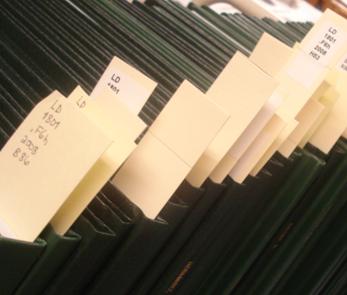
USF St. Petersburg campus Master's Theses (Graduate)
First Advisor
Major Professor: Henry Alegria, Ph.D.
Second Advisor
Michael Martinez-Colon, Ph.D.
Third Advisor
Foday Jaward, Ph.D.
Publisher
University of South Florida St. Petersburg
Document Type
Thesis
Publication Date
2018
Date Issued
March 9, 2018
Abstract
Fiddler Crab (U. rapax) tissue, mangrove tissue and sediment from crab burrows were collected in Jobos Bay National Estuarine Research Reserve, Puerto Rico, to quantitate Persistent Organic Pollutants (OCs, PCBs, PBDEs) and selected heavy metals (cadmium, barium, mercury, lead, vanadium, chromium, cobalt, nickel, copper, zinc, arsenic and selenium). Once quantified, the concentrations were applied to a bioconcentration factor equation to determine potential uptake pathways of the target analytes. Bioconcentration factors determined that fiddler crabs were the most efficient at concentrating OC pesticides, while mangroves were the most efficient at concentrating PCBs and heavy metals.
Creative Commons License

This work is licensed under a Creative Commons Attribution-Noncommercial-No Derivative Works 4.0 License.
Recommended Citation
Huber, Ashley, "Determining Potential Uptake Pathways of Persistent Organic Pollutants and Heavy Metals in Jobos Bay National Estuarine Research Reserve, Puerto Rico" (2018). USF St. Petersburg campus Master's Theses (Graduate).
https://digitalcommons.usf.edu/masterstheses/172


Comments
A thesis submitted in partial fulfillment of the requirements for the degree of Master of Science Department of Environmental Science, Policy and Geography College of Arts and Sciences University of South Florida Saint Petersburg